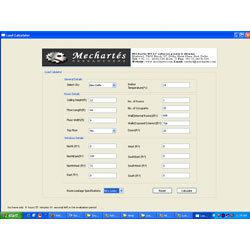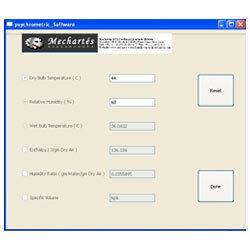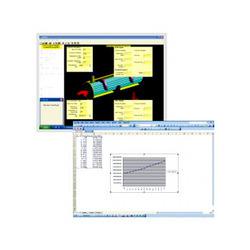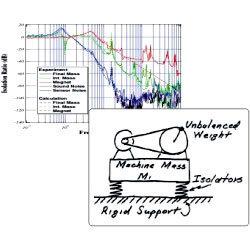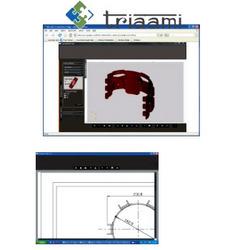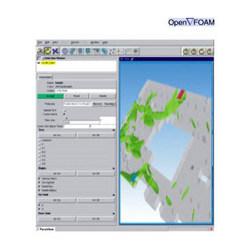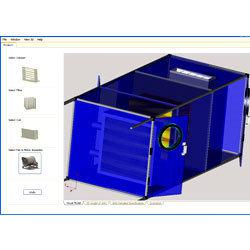Mechartes Researchers Pvt Ltd
Product Range
Fact Sheet
- Location:New Delhi, India
- Year of Establishment:2003
- Business Type:Business Services
- Turnover:Rs. 50 Lakh - 5 Crore
(or USD 100 K - 1 Million) - Main Products:Analytical Softwares, Software Solution Services
- Reviews & Rating:
Get Verified, Sell more with
- Buyer's trust
- Faster conversions
- Better Rankings
- More
Its Free
Verify NowResidential Heat Load Calculator
Variations in characteristics of residences can lead to complex load calculations where time-varying heat flows combine to produce time-varying loads.
- FOB PriceNA
- Min Order QuantityNA
- Payment TermsNA
Other Details
Variations in characteristics of residences can lead to complex load calculations where time-varying heat flows combine to produce time-varying loads. Further, the relative magnitude & pattern of heat flows depend on building characteristics & exposure that results in a building-specific load profile. For this, it is very essential to maintain hour-by hour analysis to determine that profile & find its peak.
Residential Heat Load Calculator software tool helps in meeting cooling load calculation procedures for residential buildings. This includes detailed heat-balance methods that serve as basis for cooling-load calculations. The cooling procedures in the tool are also extensively revised and based on the results of ASHRAE research project RP-1199. The computing power delivered by our software also makes it appropriate to promulgate 24 h, equation-based procedures.
General Design Guidelines for Software tool:
Designed for Typical Building Use:
This tool is designed to meet representative maximum-load conditions and not extreme conditions
Normal occupancy is assumed and not the maximum that might occur during an occasional social function
Intermittently operated ventilation fans are assumed to be off
Uncertainty and Safety Allowances:
Residential load calculations are inherently approximate
Many building characteristics are estimated during design & ultimately determined by construction quality and occupant behaviour
These uncertainties apply to all calculation methods and the safety allowances are applied to the final calculated loads
In addition, the incorporation of temperature swing also provides a built-in safety factor for sensible cooling
A 20% capacity shortfall also typically results in temperature excursion of about one or two degrees.
Images
